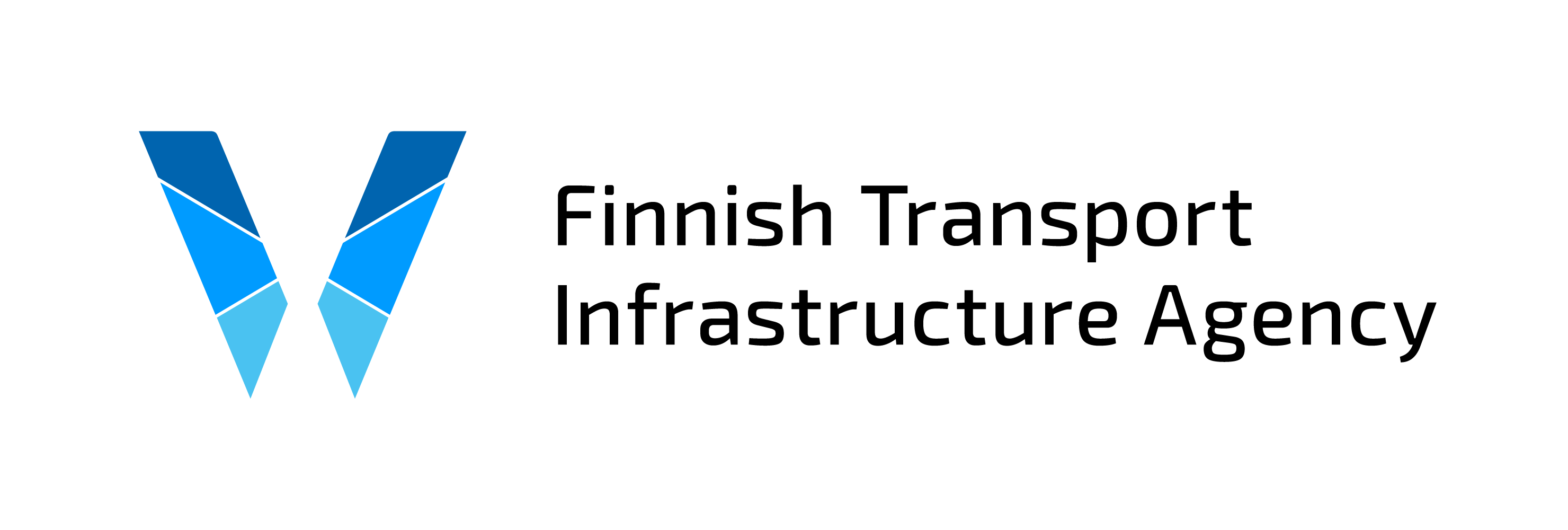Radio Navigation services
The safe navigation of vessels on Finnish waterways is ensured by both sufficient visual marking of the fairways and targeted radio navigation services.
Radar reflectors and/or radar beacons have been installed in several traditional safety devices to support ships' radar navigation. To support satellite navigation, the Finnish Transport Infrastructure Agency, in cooperation with Fintraffic, offers a DGNSS service that complies with international standards.
DGNSS service
In cooperation with Fintraffic, the Finnish Transport Infrastructure Agency maintains a repair dispatch service supporting the GPS satellite navigation system in coastal waters and in the Saimaa deep fairway. The transmissions take place at approximately 300 kHz and comply with ITU recommendation ITU-R M.823-3. By combining positioning data from GPS satellites with correction data generated by the service, vessels can determine their position with high accuracy and reliability.
The signal received from GPS navigation satellites does not contain up-to-date information on the correctness of transmissions (so-called integrity data). For this reason in particular, the use of a correction signal is necessary, for example, in merchant shipping.
The positioning accuracy obtained with the service has been set to <10 m 95% of the time. However, in practice, accuracy is in the order of 1-2 meters 95% of the time.
Radar reflector
Thousands of radar reflectors have been installed along our fairways to assist radar navigation. They are groups of reflectors with a particularly good radar echo. Radar reflectors are passive devices that do not require regular maintenance or an energy source to operate. Thus, they are also very reliable. Sometimes, however, echoes caused by ice masses or bad weather can prevent the radar reflector or other radar target response from detecting.
Racons
The number of radar beacons installed along the fairways is currently around 70. Radar beacons are radio transceivers that, having received a ship's radar signal, determine its frequency and transmit a special identification signal at the same frequency in response. The emblem appears on the radar canvas as an easily recognizable marker.
The most commonly used radar beacon ID is the Morse character T, which consists of one long line, but other symbols based on the Morse alphabet are also used. All radar beacons used in Finland send a response to a 9 GHz (3 cm) radar signal and the majority send an additional 3 GHz (10 cm) radar signal.
Radar beacons are active devices that need regular maintenance and an energy source to function, making them more prone to failure than radar reflectors. Sometimes echoes caused by ice masses or bad weather can prevent the detection of a radar beacon or other radar target response.
More about radio navigation services (Fintraffic)
